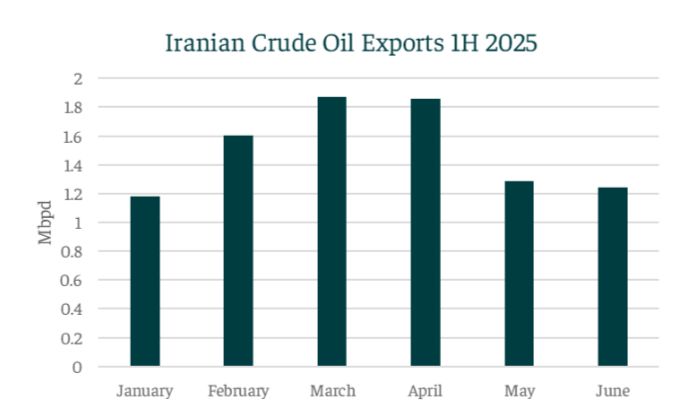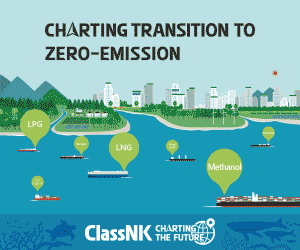According to Intermodal, escalating tensions in the Middle East have renewed focus on the Strait of Hormuz as a strategic chokepoint, heightening concerns over potential disruptions to global oil flows.
Geopolitical escalation revives concerns over the Strait of Hormuz
Recent developments in the Middle East, specifically Israel’s airstrike on Iranian territory and Tehran’s subsequent threats of retaliation, have substantially elevated the risk of regional escalation. This situation brings renewed scrutiny to the Strait of Hormuz, one of the world’s most critical and logistically indispensable maritime corridors for global energy.
Approximately one-fifth of global oil consumption transits this neuralgic passage. While a full closure has never occurred, even the mere threat of disruption has historically been sufficient to reshape global trade flows and trigger significant volatility in energy markets.
Iran’s crude flows persist amid sanctions
Despite sanctions, Iran exported an average of ~1.5m bpd in the first half of 2025, peaking near 1.9 mbpd in March. China remains its largest buyer, absorbing around 90% of these exports, often via independent “teapot” refineries in Shandong province. Syria and Venezuela also continue to receive Iranian oil. Tehran employs various tactics, including ship-to-ship transfers and reflagging, to maintain these flows.
A closure of the Strait of Hormuz would affect Iranian oil exports, as it relies heavily on the straits to ship its heavily sanctioned oil.
Potential impacts for Middle East exporters
A potential disruption at the Strait of Hormuz would have widespread implications beyond Iran. Iraq, Kuwait, and the UAE: These nations collectively accounted for 46% of Middle East Gulf oil exports in 2024, with the majority transiting the Strait. UAE, with 2.8 mbpd in crude oil exports, can leverage its 1.5 mbpd ADCOP pipeline, a key strategic asset designed to offer an alternative export route away from the vulnerable Strait of Hormuz.
Saudi Arabia, with an export of 6.1 mbpd in 2024, can reroute some of these volumes to the Red Sea, via unused capacity of up the East–West pipeline (up to 5 mbpd).
As tensions rise and markets brace for potential shocks, the strategic importance and vulnerability of the Strait of Hormuz returns to center stage. The heavy influence of geopolitical dynamics is intensifying uncertainties across the oil industry, with potential disruptions threatening supply stability. How the coming weeks will influence global energy security and oil trade outlook remains to be seen, Intermodal concludes.
































































